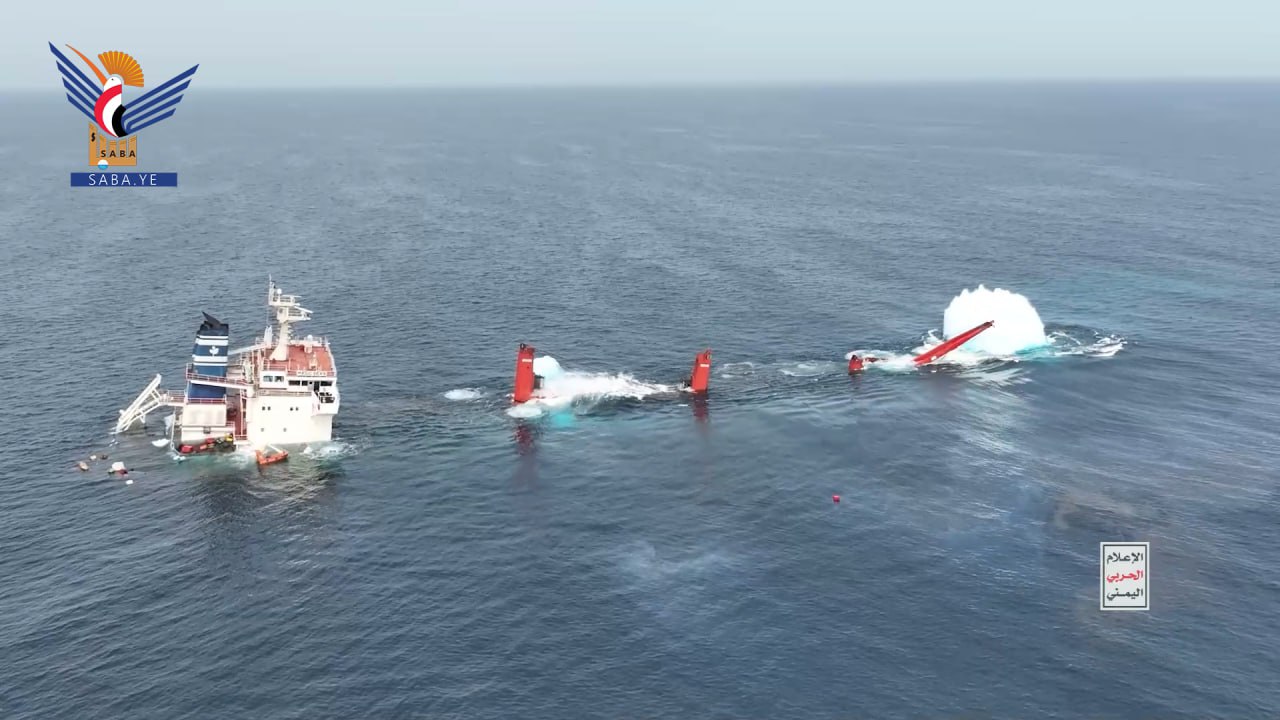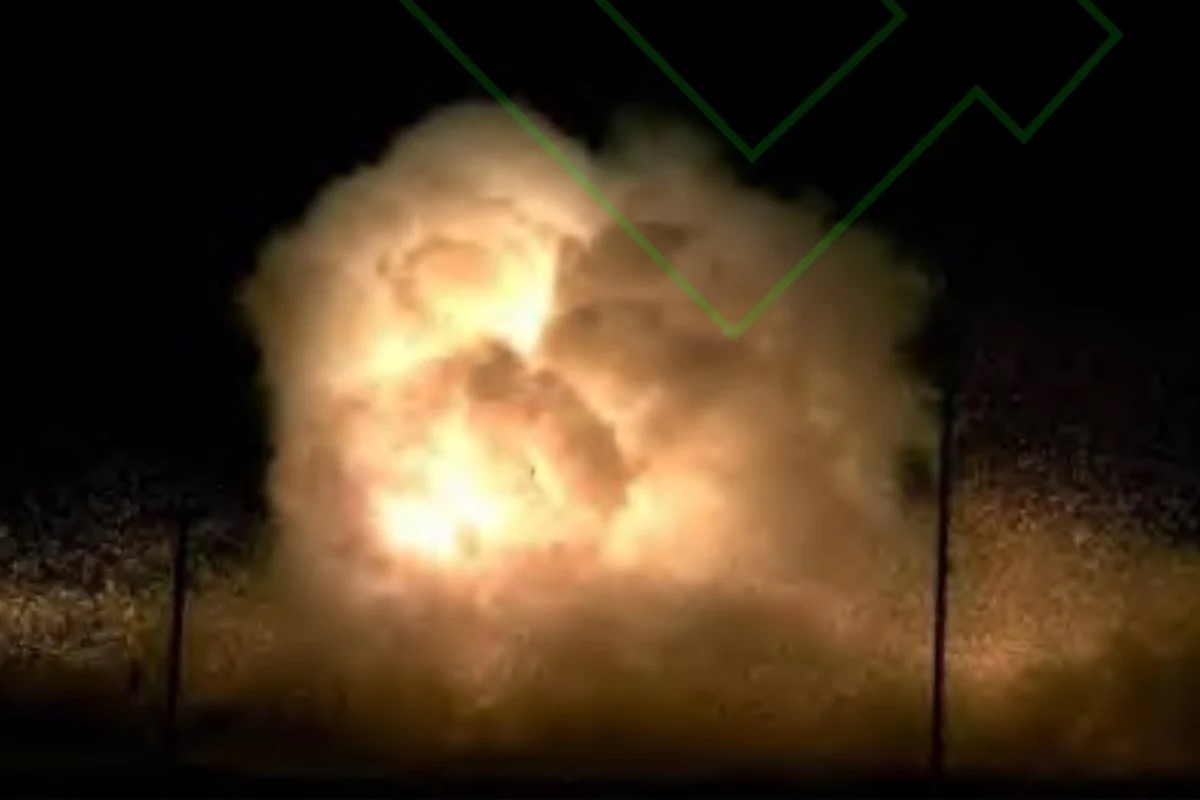PICTURED: A recently-arrived American B-52 escorted through Europe’s skies by Portuguese jets.
KYIV, Ukraine. February 14th, 2022. After another round of unconfirmed anonymous reports from the U.S. that Russian invasions, or Russian-sponsored false flag attacks could ring out the first major murder spree in Europe since the end of Balkans breakup, has officials flying this way and that for emergency talks and meetings.
The German chancellor is heading to Moscow and arrived in Kyiv today, the Italian foreign minister is making the rounds, and the French President recently concluded an attempted peace-making tour. U.S. National Sec. Advisor Jake Sullivan again warned Americans to leave Ukraine, saying Russia could “invade within days,” and U.S. B-52 nuclear bombers arrive in Europe to join with their NATO strike group escort jets.
Also, Ukrainian President Zelensky has said publicly that Ukraine would seek to forgo NATO membership if it means avoiding war.
Meanwhile, the vast silent majority of Europe is simply trying to get on with their lives.
Perhaps the threat of war between developed nations is too much of an unknown memory for Europe’s population to feel it could ever happen. Interfax notes that essentially all major civilian flights to and from Russia and Ukraine are operating at normal service. A feature from Al Jazeera reports from sociology surveys that half of young people in Ukraine would simply move away if Russia invaded, and that the massive militia reserves the country expects to call on may not be there when the time comes.
The Qatari newspaper also spoke to several young people in the two countries who expressed that they were mostly apathetic to the situation politically, and more worried about exams other economic instability.
Regardless, a war would likely result in massive unfavourability in Russia following a decisive victory, and virtually no participation whatsoever from the rest of NATO. Undoubtedly the sanctions repeatedly threatened by NATO’s collective hot breath would be deployed, and those Russians worried about economic conditions would try to push as well as they can for an end to continued austerity.
Senior foreign policy expert at the Cato Institute, Doug Bandow, runs through some public opinion numbers in a recent analysis.
Yet even they [Poland and the Baltic States] don’t want to help defend anyone else. The Poles expect others to guarantee their security, but in 2020 only 40 percent said they would help their allies. Lithuanians did better, with 51 percent saying they would assist. Of course, they probably realize that no one would expect them to do anything, given their small size.
However, only a third of the Germans and a quarter of the Greeks and Italians indicated they would do so. The Bulgarians came in at 12 percent. How many of these folks would back fighting for Ukraine, which isn’t part of the transatlantic alliance and has no legal claim for support?
No evidence
“We also are watching very carefully for the possibility that there is a pretext or a false flag operation to kick off the Russian action in which Russian intelligence services conduct some kind of attack on Russian proxy forces in eastern Ukraine or on Russian citizens, and then blame it on the Ukrainians,” said Jake Sullivan, warning again of a potential Russian invasion yesterday. Sullivan was the same person who warned of an imminent Russian invasion in the days before Christmas, which also never materialized.
The tendency for United States officials to eschew offering the public visual evidence to back up the claims they make against nations to which she is a current or would-be belligerent, must be pointed out at every opportunity in the media landscape.
It’s almost as if every successive administration is trying to exorcise the memories of former Sec. of Defense Colin Powel’s justification to the UN about WMDs in Iraq, so that now there is simply no justification of any kind for any accusation.
A video of State Department spokesperson Ned Price explaining the evidence behind claims of an imminent Russian false-flag operation to Matt Lee from the AP recently went viral. In it, Price claims that the evidence was his very words, that him saying it was the declassification process, and a transcript of the press conference was proof.
But it bears repeating that a string of impactful accusations made by the State Department, intelligence services, and the Pentagon in recent years, have all been delivered, without evidence, and with full expectations that the American and world peoples are to believe it.
Senior reporter for The New York Times, Charlie Savage, confirmed during a heated argument over email with author Scott Horton, editor at Antiwar, that the foreign policy desk at one of the world’s biggest newspapers will print anything their intelligence sources tell them without verifying it independently first. Their discussion, revealed in Horton’s latest book Enough Already: Time to End the War on Terrorism was over the roundly-dismissed claims that Russian military intelligence was paying the Taliban bounties on the heads of American soldiers in Afghanistan.
Among those who understood the situation in the country, such as the CIA Director, Sect. of Defense, and Chair of the CJS, the story was easily ignored, but among those in Congress who didn’t, it prompted the passing of several bills which attempted to tie the president’s hands from ending that deeply unpopular American occupation and air war.
Now as then, the Biden cabinet is releasing regular statements containing accusations of Russian maleficence, without any accompanied declassified reports, intercepted cables, satellite photos, or anything the average person can see or read.


